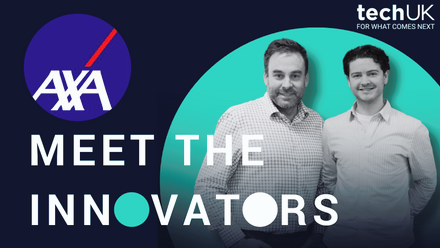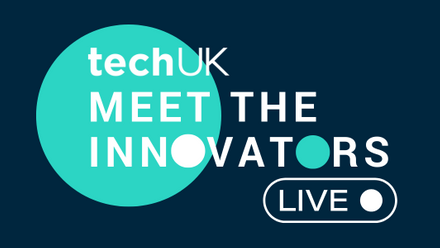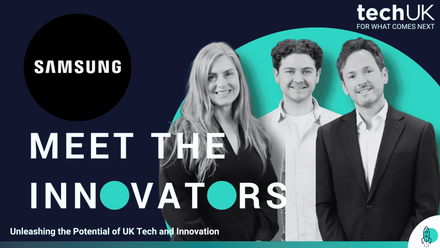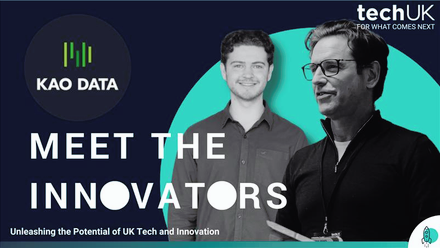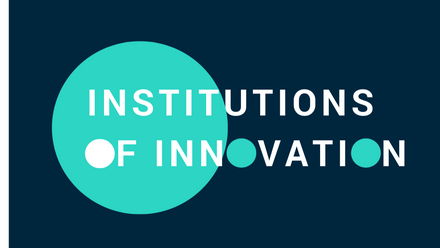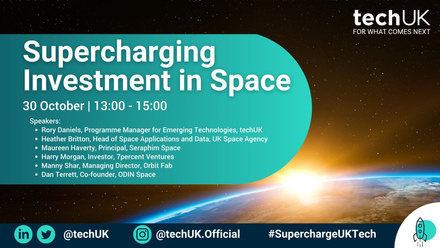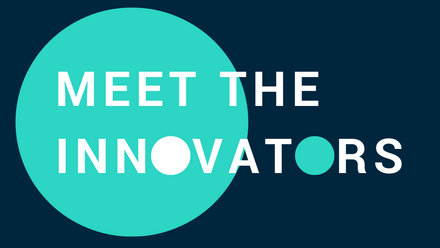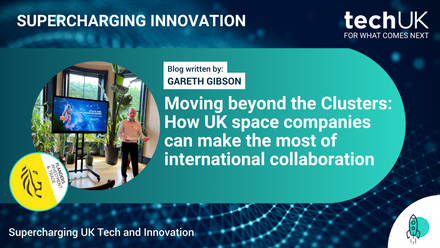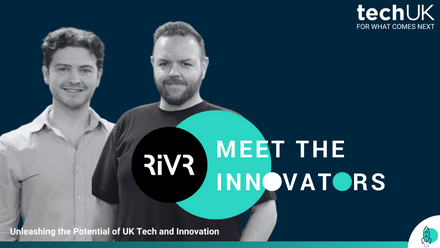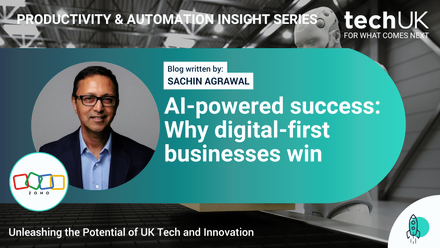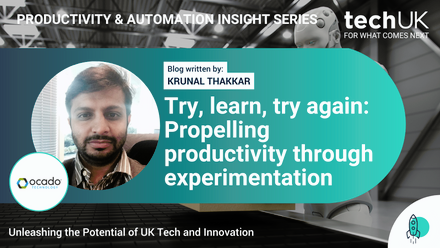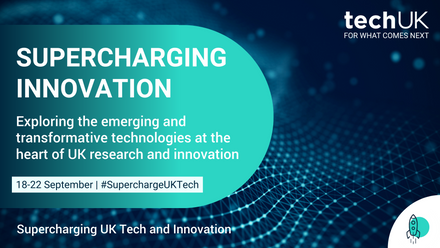A practical way to cut global CO2 production
Everyone wants to do something about climate change and we have a solution that could have a major impact on reducing CO2 production. Sometimes, with our tongue firmly in our cheek, we say “saving the planet through better motor drives”.
Electric motors currently use 50% of global electricity, most of which is produced from burning fossil fuels. This will increase due to the inevitable move to electrification to hit net zero targets with rapidly increasing numbers of heat pumps and electric vehicles
Electric motors and systems are the largest, single-energy, end use and account for half of global electricity consumption according to a recent International Energy Agency report. This report expects that, without policy change by 2030, electromagnetic motor use will produce 8,570 Gigatonnes of CO2 per year.
The elephant in the room is the fact that electric motors are often shockingly inefficient. Depending on the application, up to 25% of the electricity is wasted. Reducing this wastage means less CO2 has to be produced. The International Energy Agency said “There is a huge, untapped potential for energy efficiency in electric motors. However, the energy efficiency of motors has been neglected in comparison with other sustainable energy opportunities.”
77% of electric motors do not use motor control electronics (variously called controller, inverter or Variable Frequency Drive - VFD) to control them which is very inefficient. The remaining 23% have VFDs to adjust the motor speed which is less wasteful. However, these are still inefficient. This is because they use slow transistors as switches. The faster the transistors in the VFD switch, the less time is spent in the transition zone where energy is wasted: VFDs today often switch at only 4kHz.
Traditionally silicon (Si) transistors have been used but they are reaching the limits that they can be switched at so faster Silicon Carbide (SiC) transistors are being used. For example, in the automotive world, SiC is now increasingly used in traction inverters. However, trying to drive either technology even faster, with frequencies higher than 100kHz to reduce wastage, creates problems with overheating and RF interference (RFI).
GaN is inherently a better semiconductor than Si or SiC. It has less capacitance, faster switching and no body diode. But it has been hard to use and has a reputation for being fragile.
The graph shows that GaN has the ability to switch much faster than SiC - but it also shows how people must think GaN can only be used at low power (up to 10kW). This is what QPT solves with its qGaN technology.

At present, GaN has had to be confined to the low power applications and soft switching that uses less that 100kHz, such as chargers and computer power supply units with a TAM of $15bn. This new approach unleashes GaN to be driven at high speed to live up to its full potential and thus unlocking a huge new market of high-power, high-performance applications in HVAC, industrial application and electric vehicles with a TAM of $60bn.

The problem is that when you go above this 100 kHz point, you are in RF microwave territory. Power Electronics is currently about high power in the kWs with tens to hundreds of Amps but only low frequencies in the KHz. Microwave is typically low power in the mWs and high frequencies in the MHz. QPT’s solution is to deploy microwave techniques so that these two problems of overheating and RF interference are solved. Combining them together opens up a new future for Power Electronics kW and MHz, i.e., tens to hundreds of Amps at MHz speeds and dramatically higher efficiencies.
As a result, GaN transistors can be driven many times faster than any existing technology.


This has two implications. The first is dramatically less time in the transition region where energy is wasted. The diagram shows that the rise and fall times (Tr & Tf) where energy is wasted in the resistive region) are less than one nanosecond. The illustration on the left shows the sloping rise and fall where there switching losses whilst on the right these are near straight up and down so switching losses are dramatically reduced.
Secondly, because the transistors are switching faster (< 1ns Tr/Tf), we can use a higher frequency Pulse Width Modulation (PWM) signal. Instead of 4kHz or 100KHz, the QPT system typically runs at 1MHz and could be even faster.
This enables a sinus filter to be integrated into the architecture because the frequency is high so smaller, cheaper filters can be used to reduce size, cost and weight.
Also, because the PWM frequency is so far from the motor drive frequency, the Low Pass Filter (LPF) action is very effective. Whereas most VFDs send a “dirty” PWM to the motor, the QPT output is almost pure sine, which very much better for the motor with less eddy currents (which cause heat & stress on the windings), less acoustic noise & vibration, essentially no dV/dt stress, no DC path, lower torque ripple, etc.
This means that a VFD can now be created that is up to 80% more efficient. In overall terms of total electricity usage by the VFD and motor together, this equates to a reduction of around 10% depending on the application. Plus, with less waste heat and stresses, the motor reliability improves to give a longer MTBF.
So, what could this disruptive technology that unleashes the full potential of GaN deliver when deployed? We calculate that the improved efficiency equates to a potential of $66bn in annual energy savings, a saving of 1000TWh and even more importantly 400m tonnes of CO2 that does not have to be produced.
View all campaign week content
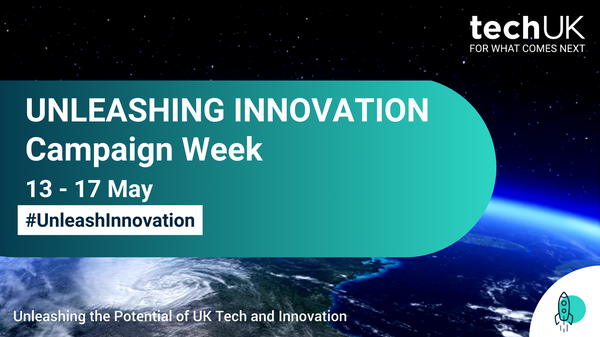
techUK – Unleashing UK Tech and Innovation
The UK is home to emerging technologies that have the power to revolutionise entire industries. From quantum to semiconductors; from gaming to the New Space Economy, they all have the unique opportunity to help prepare for what comes next.
techUK members lead the development of these technologies. Together we are working with Government and other stakeholders to address tech innovation priorities and build an innovation ecosystem that will benefit people, society, economy and the planet - and unleash the UK as a global leader in tech and innovation.
For more information, or to get in touch, please visit our Innovation Hub and click ‘contact us’.
Latest news and insights
Other forms of content
Sprint Campaigns
techUK's sprint campaigns explore how emerging and transformative technologies are developed, applied and commercialised across the UK's innovation ecosystem.
Activity includes workshops, roundtables, panel discussions, networking sessions, Summits, and flagship reports (setting out recommendations for Government and industry).
Each campaign runs for 4-6 months and features regular collaborations with programmes across techUK.
techUK's latest sprint campaign is on Robotics & Automation technologies. Find out how to get involved by clicking here.
Running from September to December 2023, this sprint campaign explored how the UK can lead on the development, application and commercialisation of space technologies, bring more non-space companies into the sector, and ultimately realise the benefits of the New Space Economy.
These technologies include AI, quantum, lasers, robotics & automation, advanced propulsion and materials, and semiconductors.
Activity has taken the form of roundtables, panel discussions, networking sessions, Summits, thought leadership pieces, policy recommendations, and a report. The report, containing member case studies and policy recommendations, was launched in March 2024 at Satellite Applications Catapult's Harwell campus.
Get in touch below to find out more about techUK's ongoing work in this area.
Event round-ups
Report
Insights
Get in touch
Running from January to May 2024, this sprint campaign explored how the UK can lead on the development, application and commercialisation of the technologies set to underpin the Gaming & Esports sector of the future.
These include AI, augmented / virtual / mixed / extended reality, haptics, cloud & edge computing, semiconductors, and advanced connectivity (5/6G).
Activity took the form of roundtables, panel discussions, networking sessions, Summits, and thought leadership pieces. A report featuring member case studies and policy recommendations was launched at The National Videogame Museum in November 2024.
Get in touch below to find out more about techUK's future plans in this space.
Report
Event round-ups
Insights
Get in touch
Running from July to December 2024, this sprint campaign explored how the UK can lead on the development, application and commercialisation of web3 and immersive technologies.
These include blockchain, smart contracts, digital assets, augmented / virtual / mixed / extended reality, spatial computing, haptics and holograms.
Activity took the form of roundtables, workshops, panel discussions, networking sessions, tech demos, Summits, thought leadership pieces, policy recommendations, and a report (to be launched in 2025).
Get in touch below to find out more about techUK's future plans in this space.
Event round-ups
Insights
Get in touch
Running from February to June 2025, this sprint campaign is exploring how the UK can lead on the development, application and commercialisation of robotic & automation technologies.
These include autonomous vehicles, drones, humanoids, and applications across industry & manufacturing, defence, transport & mobility, logistics, and more.
Activity is taking the form of roundtables, workshops, panel discussions, networking sessions, tech demos, Summits, thought leadership pieces, policy recommendations, and a report (to be launched in Q4 2025).
Get in touch below to get involved or find out more about techUK's future plans in this space.
Upcoming events
Insights
Event round-ups
Get in touch
Campaign Weeks
Our annual Campaign Weeks enable techUK members to explore how the UK can lead on the development and application of emerging and transformative technologies.
Members do this by contributing blogs or vlogs, speaking at events, and highlighting examples of best practice within the UK's tech sector.






